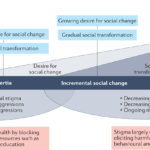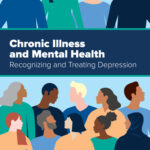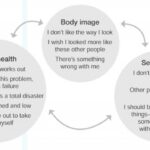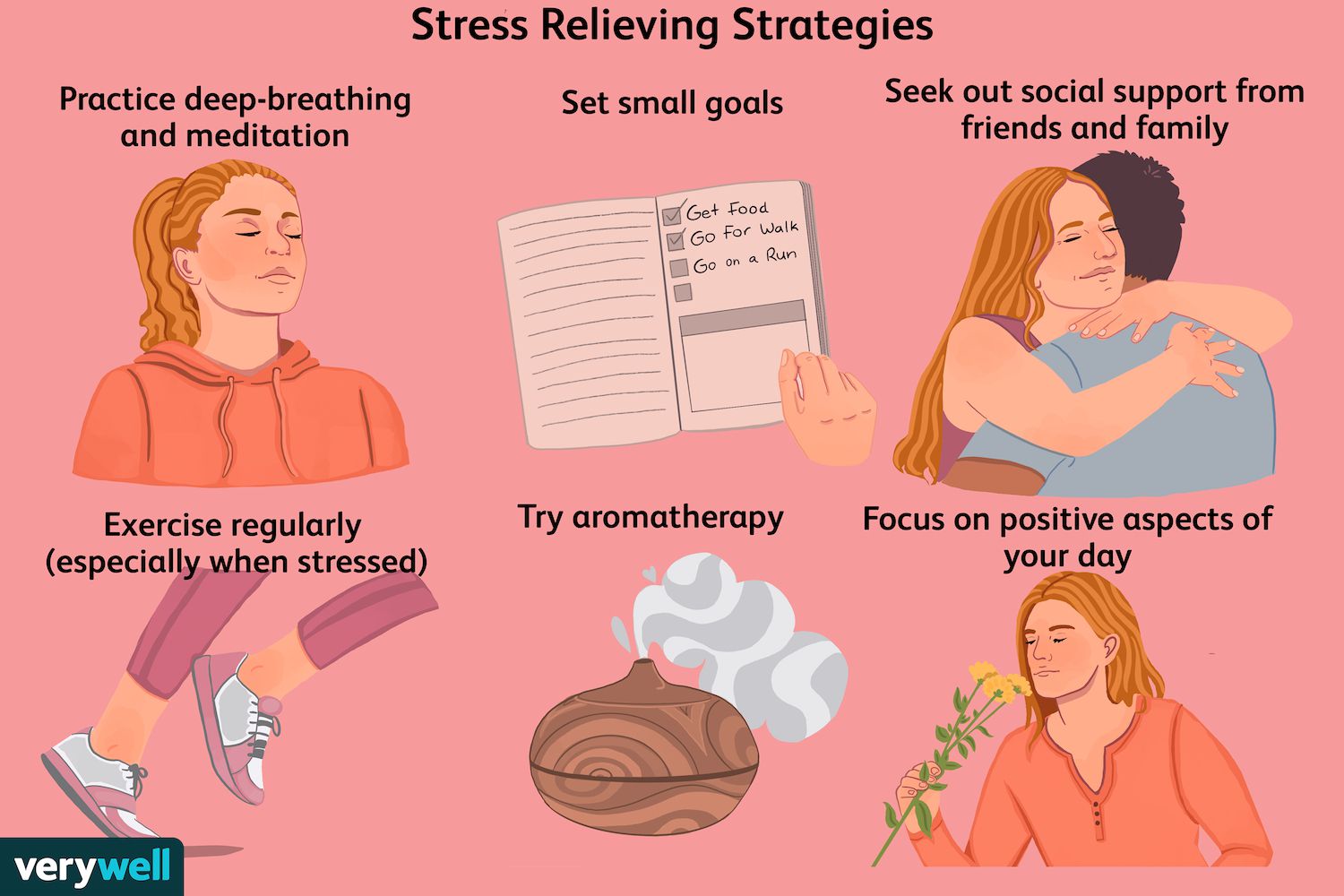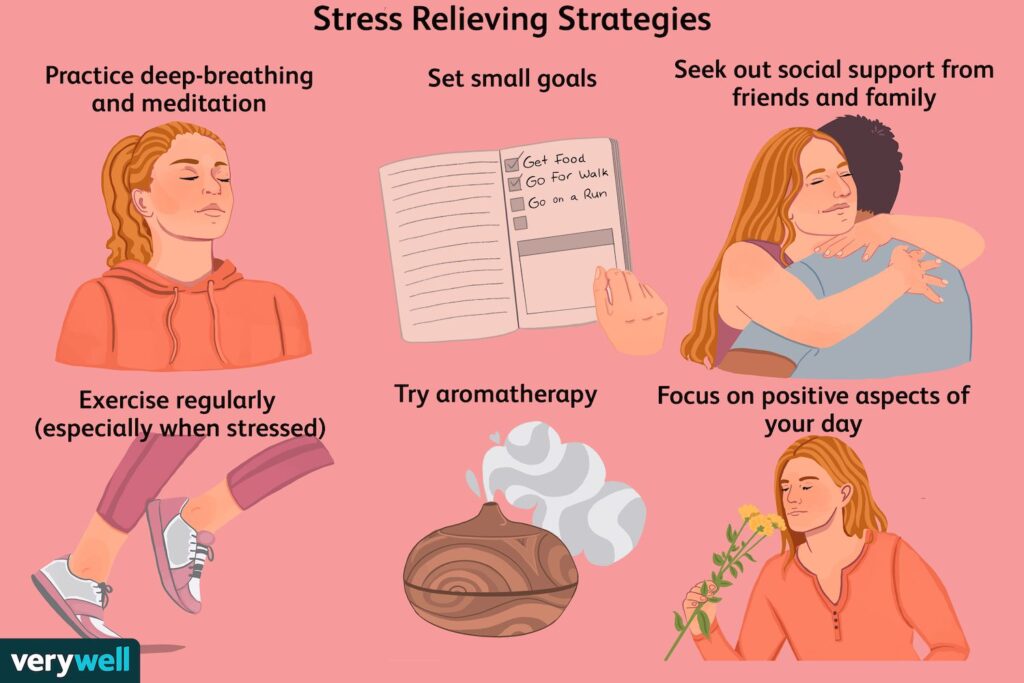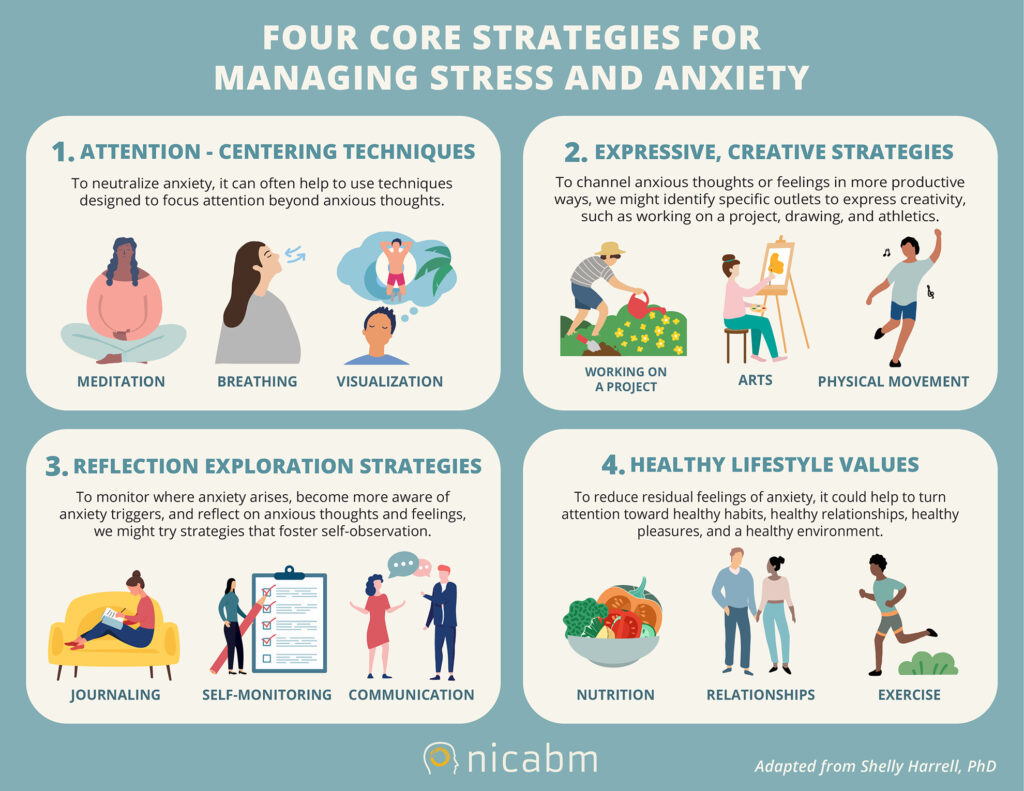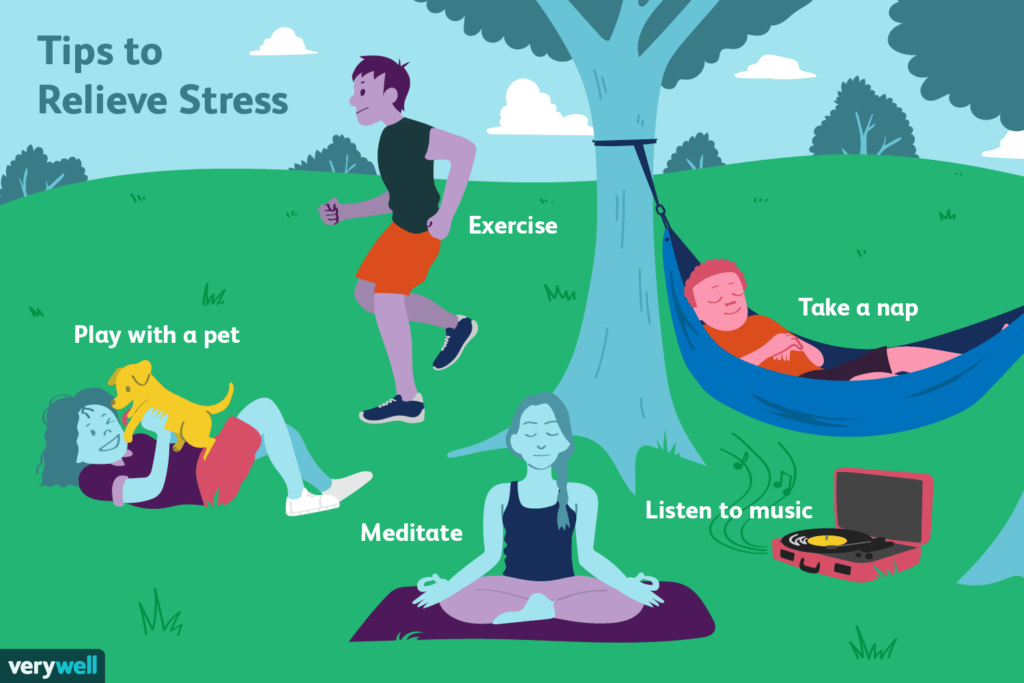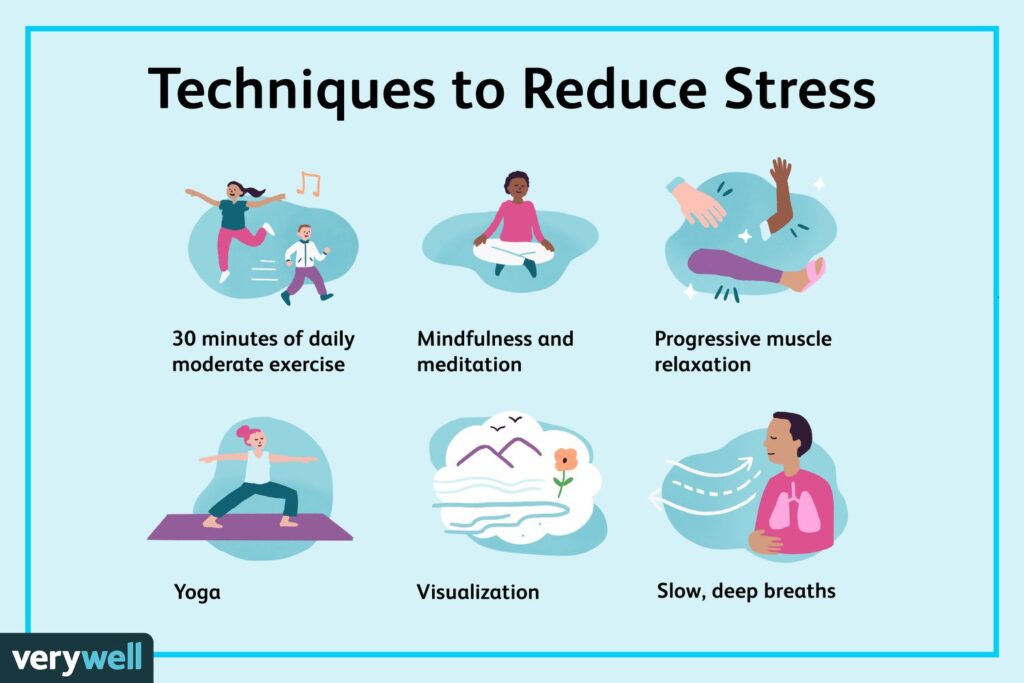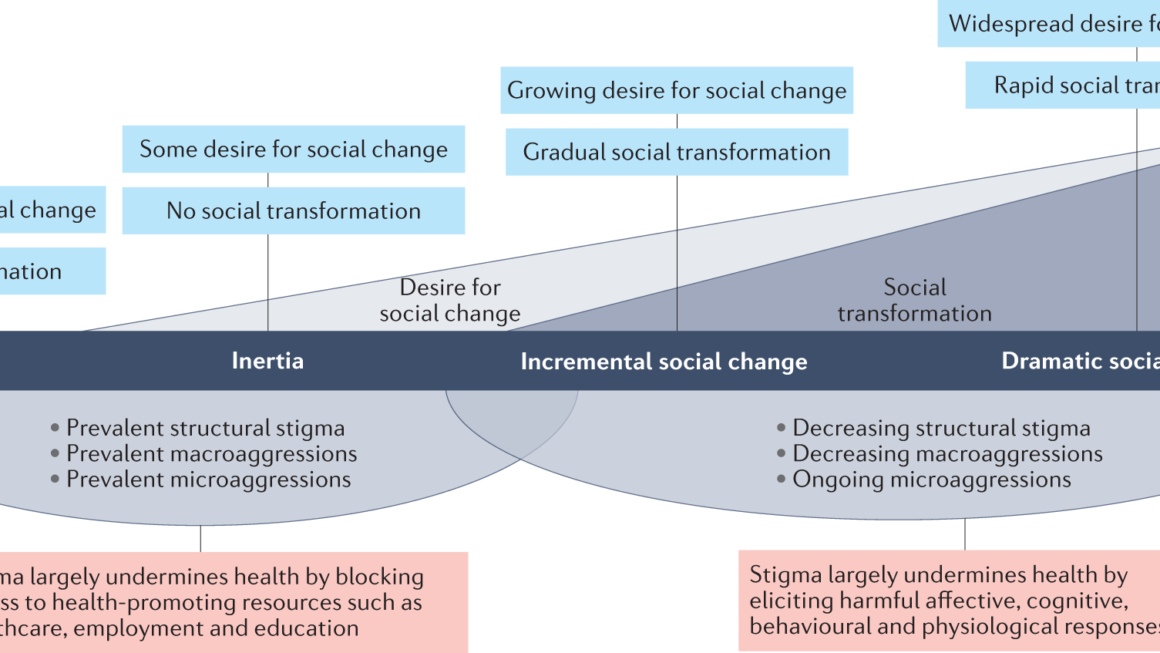Are you feeling overwhelmed by stress and anxiety? If so, you’re not alone. Many women experience these feelings on a daily basis, and it’s important to know that there are strategies you can use to manage and alleviate these emotions. In this article, we will explore some of the best and most effective strategies for managing stress and anxiety specifically in women. By implementing these techniques into your daily routine, you can regain control of your mental wellbeing and find peace amidst the chaos.
1. Self-Care Strategies
Taking care of yourself is essential when it comes to managing stress and anxiety. Incorporating self-care strategies into your daily routine can make a significant difference in your overall well-being. Here are some effective self-care strategies that can help alleviate stress and anxiety.
1.1 Regular Exercise
Regular exercise is not only beneficial for your physical health but also for your mental well-being. Engaging in physical activity releases endorphins, which are natural mood boosters. Whether it’s going for a walk, running, practicing yoga, or hitting the gym, finding a form of exercise that you enjoy and can commit to is crucial for reducing stress and anxiety.
1.2 Healthy Diet
Maintaining a healthy diet can have a profound impact on your stress and anxiety levels. Consuming a balanced diet rich in fruits, vegetables, whole grains, and lean proteins provides your body and mind with the necessary nutrients to function optimally. Additionally, avoiding excessive sugar, caffeine, and processed foods can help prevent spikes and crashes in your energy levels, contributing to a more stable mood.
1.3 Adequate Sleep
Getting enough sleep is a vital part of managing stress and anxiety. Lack of sleep can exacerbate feelings of stress and make it more challenging to cope with daily challenges. Aim for seven to eight hours of quality sleep each night and establish healthy sleep habits, such as maintaining a regular sleep schedule, creating a comfortable sleep environment, and practicing relaxation techniques before bed.
1.4 Relaxation Techniques
Incorporating relaxation techniques into your daily routine can help reduce stress and anxiety. Techniques such as deep breathing exercises, progressive muscle relaxation, and mindfulness meditation can induce a state of relaxation and calmness. Finding moments throughout the day to engage in these techniques can provide immediate relief from stress and help you maintain a sense of calmness throughout the day.
2. Cognitive and Behavioral Techniques
Cognitive and behavioral techniques focus on shifting your thoughts and behaviors to reduce stress and anxiety. By challenging negative thought patterns and implementing healthy coping strategies, you can effectively manage stress and anxiety.
2.1 Cognitive Restructuring
Cognitive restructuring involves identifying negative or irrational thoughts and replacing them with more positive and realistic ones. By challenging and reframing negative thoughts, you can change your perspective and reduce anxiety. Keep a journal to record your thoughts and actively work on replacing negative thoughts with more positive and empowering ones.
2.2 Mindfulness Meditation
Mindfulness meditation involves focusing your attention on the present moment and accepting it without judgment. By practicing mindfulness, you can increase your awareness of your thoughts and emotions, which can help you develop a more balanced perspective towards stress and anxiety. Start by dedicating a few minutes each day to sit quietly and observe your thoughts without getting caught up in them.
2.3 Deep Breathing Exercises
Deep breathing exercises are simple yet effective techniques for reducing stress and anxiety. By focusing on your breath and taking slow, deep breaths, you can activate your body’s relaxation response and calm your mind. Practice deep breathing exercises whenever you feel overwhelmed or anxious, and incorporate them into your daily routine for ongoing stress management.
2.4 Progressive Muscle Relaxation
Progressive muscle relaxation involves tensing and then releasing different muscle groups in your body, promoting a deep state of relaxation. By systematically tensing and relaxing your muscles, you can reduce muscle tension, which often accompanies stress and anxiety. Practice progressive muscle relaxation exercises regularly to promote physical and mental relaxation.
3. Social Support and Communication
Building a strong support network and seeking support from friends and family is crucial for managing stress and anxiety. Talking to others about your feelings and concerns can provide comfort, validation, and perspective.
3.1 Building Strong Relationships
Nurturing and maintaining healthy relationships can provide a sense of belonging, support, and happiness. Surround yourself with people who uplift and support you, and make an effort to strengthen your connections. Engage in activities together, communicate openly, and be there for each other during times of stress and anxiety.
3.2 Seeking Support from Friends and Family
When you’re feeling overwhelmed by stress and anxiety, reach out to your friends and family for support. Share your feelings and concerns, and allow them to provide comfort and encouragement. Sometimes, simply talking about your worries can help alleviate their intensity and provide a fresh perspective.
3.3 Joining Support Groups
Joining support groups can be incredibly beneficial, especially if you’re facing specific challenges or dealing with a chronic condition that contributes to your stress and anxiety. Support groups provide a safe space to share experiences, gain insights, and learn coping strategies from others who can relate to your situation. Consider seeking out local or online support groups that align with your needs.
4. Time Management and Prioritization
Effective time management skills and prioritization techniques can significantly reduce stress and anxiety by helping you stay organized, focused, and in control. By managing your time more efficiently, you can alleviate feelings of overwhelm and increase productivity.
4.1 Effective Time Management Skills
Developing effective time management skills involves planning, setting goals, and prioritizing tasks. Break down large projects into smaller, manageable tasks, and create a schedule or to-do lists to stay organized. Use time management techniques such as the Pomodoro Technique, where you work for a set amount of time and then take a short break, to stay focused and prevent burnout.
4.2 Setting Realistic Goals
Setting realistic goals is essential for managing stress and anxiety. Avoid overloading yourself with unrealistic expectations, as this can lead to feelings of failure and increased stress. Set achievable goals and break them down into smaller steps to make them more attainable. Celebrate your accomplishments along the way to maintain motivation and boost your self-confidence.
4.3 Prioritizing Tasks
Prioritizing tasks involves determining which tasks are most important and urgent, and tackling them first. By focusing on the tasks that are most crucial, you can reduce stress and prevent procrastination. Prioritization techniques such as the Eisenhower Matrix, which categorizes tasks based on urgency and importance, can help you identify priorities effectively.
5. Stress Reduction at Work
Work-related stress can significantly impact your overall well-being. Implementing strategies to reduce stress in the workplace can improve your productivity, job satisfaction, and mental health.
5.1 Creating a Positive Work Environment
Creating a positive work environment involves fostering a culture of open communication, collaboration, and support. Seek ways to improve workplace relationships, such as organizing team-building activities or implementing recognition programs. Establishing clear expectations and providing opportunities for professional development can also contribute to a positive work environment.
5.2 Managing Workload and Deadlines
Managing your workload and deadlines effectively is crucial for reducing stress at work. Break down complex tasks into smaller, more manageable ones, and establish realistic deadlines. Communicate with your supervisor or team members if you feel overwhelmed and explore possibilities for redistributing tasks or adjusting deadlines.
5.3 Taking Regular Breaks
Taking regular breaks throughout the workday is essential for managing stress and maintaining focus. Engage in activities during your breaks that promote relaxation, such as stretching, going for a walk, or practicing deep breathing exercises. Stepping away from your work for a few minutes can recharge your energy and help prevent burnout.
6. Relaxation Techniques for Immediate Relief
Sometimes, you may need immediate relief from stress and anxiety. Incorporating relaxation techniques into your daily routine can provide quick relief and help you manage stress effectively.
6.1 Deep Breathing
Deep breathing exercises, such as diaphragmatic breathing, can help calm your nervous system and reduce stress in the moment. Take slow, deep breaths, filling your abdomen with air, and exhale slowly. Repeat this exercise for a few minutes whenever you feel overwhelmed or anxious.
6.2 Progressive Muscle Relaxation
Progressive muscle relaxation involves systematically tensing and relaxing different muscle groups in your body. Start with your toes, gradually working your way up to your head. As you tense each muscle group, hold the tension for a few seconds and then release it, allowing the muscles to relax completely.
6.3 Guided Imagery
Guided imagery is a technique that involves visualizing peaceful, calming scenes or scenarios. Close your eyes and imagine yourself in a tranquil setting, such as a beach or a garden. Engage all your senses in this visualization, focusing on the sounds, smells, and sensations associated with the peaceful environment.
6.4 Visualization
Visualization involves mentally picturing yourself successfully navigating a stressful or anxiety-inducing situation. Visualize yourself confident, calm, and in control in the face of the situation. By mentally rehearsing positive outcomes, you can reduce anxiety and increase self-confidence.
7. Healthy Lifestyle Choices
Adopting healthy lifestyle choices can contribute to your overall well-being and help manage stress and anxiety effectively.
7.1 Limiting Caffeine and Alcohol Intake
Excessive caffeine and alcohol consumption can exacerbate anxiety symptoms. Limit your intake of caffeinated beverages, such as coffee and energy drinks, as caffeine can increase jitteriness and restlessness. Similarly, alcohol can disrupt sleep and contribute to feelings of depression and anxiety, so consume it in moderation.
7.2 Avoiding Smoking and Drug Use
Smoking and drug use can have detrimental effects on your mental health and exacerbate feelings of stress and anxiety. If you smoke, consider seeking professional help to quit smoking. Similarly, if you’re using drugs as a way to cope with stress and anxiety, reach out to a healthcare professional or support group to explore healthier coping mechanisms.
7.3 Engaging in Hobbies and Activities
Engaging in enjoyable hobbies and activities can provide a welcome distraction from stress and anxiety. Spend time doing things you love, whether it’s reading, painting, playing an instrument, or gardening. Engaging in activities that bring you joy and help you relax can promote a sense of fulfillment and well-being.
8. Seeking Professional Help
If stress and anxiety are significantly impacting your daily life and well-being, seeking professional help can be beneficial. Mental healthcare professionals can provide support, guidance, and therapeutic interventions tailored to your specific needs.
8.1 Therapy and Counseling
Therapy and counseling can help you explore the root causes of your stress and anxiety and develop effective coping strategies. Cognitive-behavioral therapy (CBT), dialectical behavior therapy (DBT), and other evidence-based approaches can help you reframe negative thoughts, manage emotions, and develop healthier coping mechanisms. Reach out to a licensed psychologist or therapist to discuss your concerns and find the right therapy approach for you.
8.2 Medication Options
In some cases, medication may be prescribed as part of a treatment plan for managing stress and anxiety. Antidepressants, anti-anxiety medications, and beta-blockers are commonly prescribed to help alleviate symptoms. Talk to a psychiatrist or your primary care physician to determine if medication is appropriate for your situation.
8.3 Alternative and Complementary Approaches
Some individuals find relief from stress and anxiety through alternative and complementary approaches. Techniques such as acupuncture, massage therapy, herbal supplements, and mindfulness-based practices may offer additional support. It’s important to consult with qualified professionals and discuss your options to ensure safety and effectiveness.
9. Stress Reduction Techniques for Busy Moms
Moms often face unique stressors and have limited time to devote to self-care. However, prioritizing self-care is crucial for managing stress and maintaining overall well-being.
9.1 Finding Support Network
Connecting with other moms and building a support network can provide valuable support and understanding. Seek out local mom groups, online communities, or parent support organizations to connect with other moms facing similar challenges. Sharing experiences, tips, and advice can alleviate feelings of isolation and provide a source of encouragement.
9.2 Practicing Time Management
Managing time effectively can be challenging for busy moms, but it’s essential for reducing stress. Prioritize tasks, delegate responsibilities, and create a schedule that incorporates dedicated time for self-care. Remember that taking care of yourself is not selfish but necessary for your well-being and the well-being of your family.
9.3 Prioritizing Self-Care
Make self-care a non-negotiable part of your routine. Find small pockets of time throughout the day to engage in activities that bring you joy and promote relaxation. Whether it’s reading a book, taking a bubble bath, or practicing mindfulness, prioritize self-care to reduce stress and rejuvenate your mind and body.
10. Mindfulness-Based Stress Reduction Programs
Mindfulness-based stress reduction (MBSR) programs offer a structured approach to reducing stress and anxiety through mindfulness techniques. Developed by Jon Kabat-Zinn, MBSR combines mindfulness meditation, body awareness, and yoga to promote stress reduction and enhance well-being.
10.1 Overview of Mindfulness-Based Stress Reduction
MBSR programs typically span over eight weeks and involve group classes led by trained facilitators. Participants learn various mindfulness techniques and engage in guided meditations, gentle yoga, and discussions. The program provides a supportive environment for individuals to develop mindfulness skills and integrate them into their daily lives.
10.2 Benefits and Effectiveness
Numerous studies have shown the effectiveness of MBSR programs in reducing stress, anxiety, and improving overall mental health. Participants often report increased self-awareness, improved ability to cope with stress, decreased symptoms of depression, and enhanced quality of life. MBSR can also provide long-term benefits in managing chronic pain, enhancing resilience, and improving emotional well-being.
10.3 How to Get Started
To participate in an MBSR program, search for local providers or online programs that offer structured MBSR courses. Ensure that the facilitators are certified and experienced in delivering MBSR programs. Commit to attending the classes and practicing mindfulness techniques regularly to fully experience the benefits of MBSR.
In conclusion, managing stress and anxiety requires a comprehensive approach that addresses various aspects of your life, including self-care, cognitive and behavioral techniques, social support, time management, and healthy lifestyle choices. By incorporating these strategies into your daily routine and seeking professional help when necessary, you can effectively manage stress and anxiety, leading to improved overall well-being. Remember to prioritize self-care and reach out for support whenever you need it.
